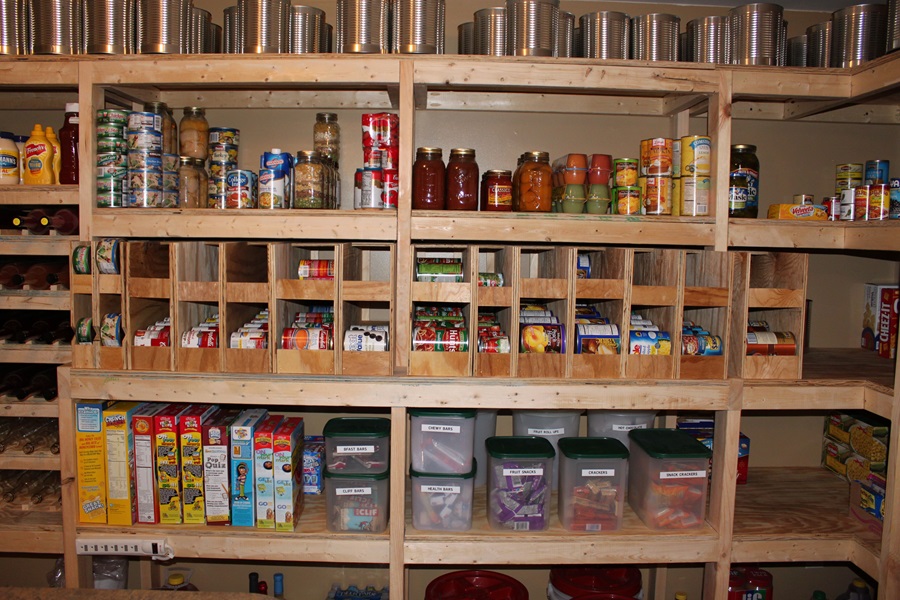A pristine kitchen is a cornerstone of a healthy home, where meals are prepared and memories are made. The distinction between cleaning and sanitizing often blurs, yet understanding this is crucial for preventing foodborne illnesses and maintaining a safe environment. This guide will walk you through the essential steps you need to take to sanitize your kitchen. With a focus on practical and effective methods, you’ll learn to uphold the highest standards of kitchen hygiene, safeguarding your loved ones’ health and well-being.
Contents
The Essentials of Kitchen Sanitization
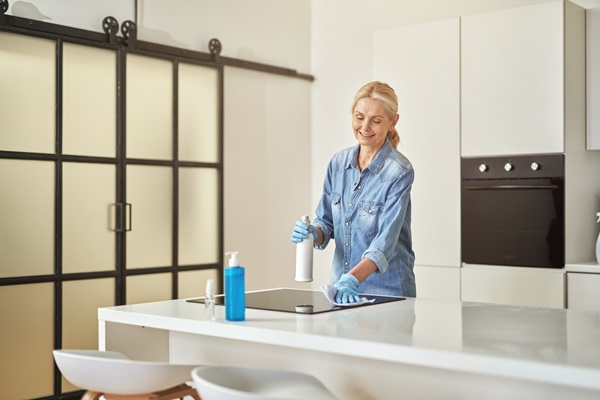
Sanitization is the process of reducing germs to safe levels to minimize the risk of illness. Unlike mere cleaning, which removes visible dirt and debris, sanitization ensures a deeper level of hygiene by addressing invisible threats. In the kitchen, this means going beyond sweeping floors and wiping counters to treat surfaces and tools with substances that eradicate harmful bacteria and viruses. Understanding the distinction between cleaning, disinfecting, and sanitizing is crucial. Each plays a unique role in kitchen upkeep, contributing to a comprehensive hygiene strategy.
Cleaning is the first step, involving the removal of dirt, crumbs, and other particles from surfaces. Disinfecting follows, aiming to kill the microscopic organisms that pose health risks. However, sanitizing strikes the balance by reducing these germs to safe, manageable levels. The choice of sanitizer is critical, as different kitchen areas and tools may require specific treatments. Always prioritize safety by wearing gloves and ensuring proper ventilation, especially when handling chemical sanitizers.
Preparing to Sanitize
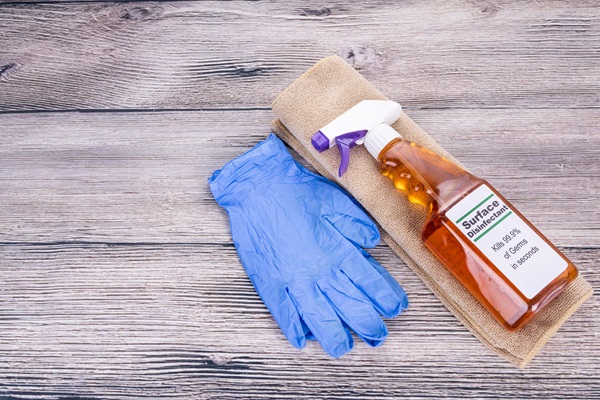
Before diving into sanitization, decluttering and performing a basic clean are essential. Clearing the workspace allows for more effective sanitizing, ensuring no nooks are overlooked. Before beginning, gather all necessary supplies, such as approved sanitizers, gloves, and cloths. Selecting the right sanitizer is vital; consider the surfaces and items you’ll be treating. Always read labels for safety instructions and effectiveness against common kitchen germs.
Safety is paramount when preparing to sanitize. Use gloves to protect your hands and ensure good ventilation if using chemical-based sanitizers. Begin by cleaning surfaces with soap and water, which helps remove the bulk of debris and dirt. This initial step ensures that the sanitizer can contact the surface directly, making it more effective. Remember, a well-prepared environment and an understanding of proper techniques are key to successful kitchen sanitization.
Sanitizing Surfaces
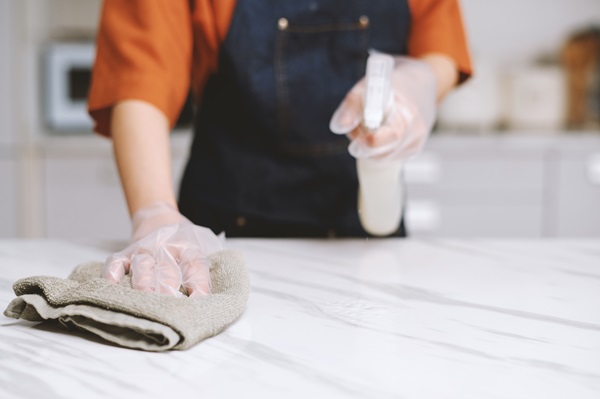
Kitchen surfaces come into contact with food, utensils, and countless daily activities, making them hotspots for germs. Begin with high-touch areas like countertops, cutting boards, and appliance handles. Use an appropriate sanitizer and follow the manufacturer’s instructions for application and dwell time, ensuring maximum efficacy. Consider the material of each surface; some may require specific sanitizing solutions to avoid damage while effectively reducing germ presence. Regular sanitization of these surfaces is crucial to maintaining a safe kitchen environment.
Food contact surfaces demand special attention due to their direct interaction with what we consume. Ensure that cutting boards, countertops, and preparation areas are not only cleaned but also sanitized after each use. This prevents cross-contamination and the spread of foodborne pathogens. Techniques may vary between different surface materials; for instance, wooden cutting boards might need a different approach compared to stainless steel counterparts. Implementing a consistent and thorough routine after meal preparation will significantly reduce the risk of illness.
Focus on Appliances
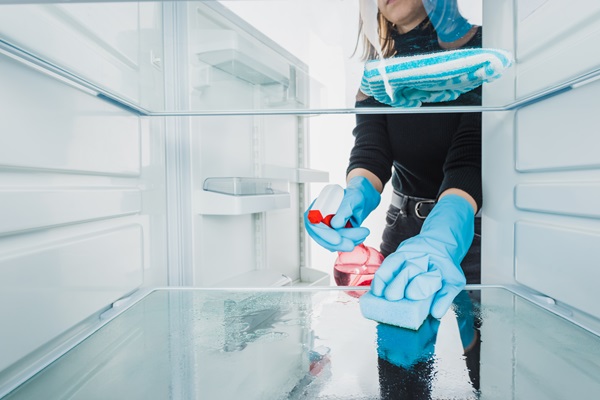
Kitchen appliances, from the refrigerator to the microwave, are integral to food preparation and storage, warranting meticulous sanitization. Start with the refrigerator, ensuring it’s emptied and shelves are cleaned before applying a food-safe sanitizer. The oven, microwave, and other cooking appliances should not be neglected, focusing on both interior spaces and often-touched controls. Even small appliances like toasters and blenders need attention, targeting crumbs and residue that accumulate over time.
Cleaning is just the beginning; pay special attention to areas often missed during regular wipe-downs, such as the rubber seals of refrigerators or the underside of stove knobs. Ensure thorough drying to prevent mold and mildew, particularly in areas like the dishwasher’s seals. Regularly empty and clean crumb trays in toasters and disinfect handles and dials on all appliances. A schedule for deep cleaning ensures no appliance becomes a breeding ground for bacteria.
Handling Utensils and Cookware
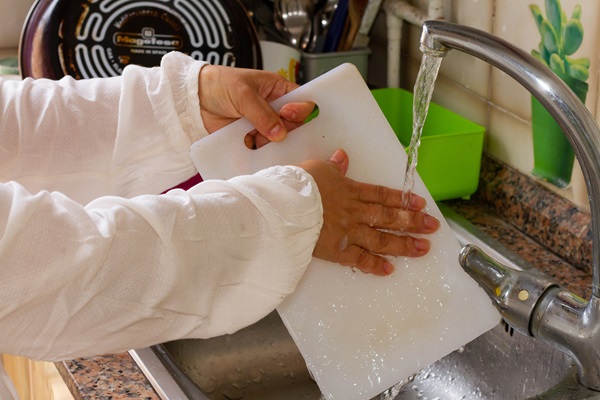
Utensils and cookware are directly in contact with the food you consume, making their sanitization paramount. Begin by thoroughly cleaning cutting boards, knives, pots, and pans with hot, soapy water. Once clean, apply a suitable sanitizer, especially to items like cutting boards that are prone to harboring bacteria. Pay attention to the material of each item; some may be damaged by certain sanitizers or require specific methods to ensure thorough sanitization.
Storage is equally important; ensure that all items are completely dry before storing to prevent the growth of bacteria and mold. Consider organizing your utensils and cookware to minimize contamination, with clean, sanitized items easily accessible and separate from those used for raw foods. Regularly inspect your items for signs of wear or damage, as cracks and crevices can harbor bacteria. Replace worn-out items to maintain a safe, hygienic kitchen.
Textiles and Towels
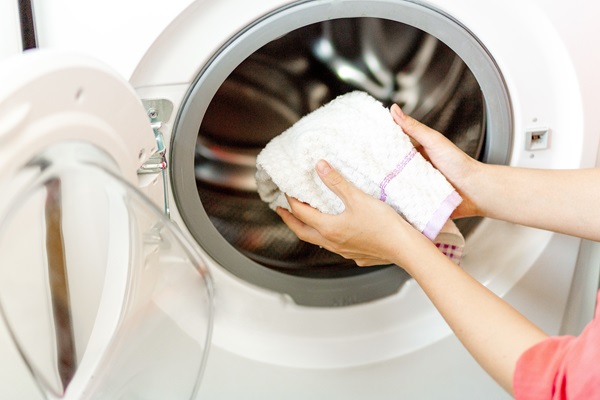
Dish towels, cloths, and aprons frequently come into contact with kitchen surfaces and food, accumulating germs that can spread easily. Regularly launder these textiles using the hottest setting appropriate for the fabric, ensuring they are thoroughly cleaned and sanitized. Replace kitchen towels and cloths frequently, especially when they’ve been used to clean up spills or handle raw food. Avoid using the same cloth for multiple tasks to prevent cross-contamination.
In addition to laundering, consider the storage and handling of these items. Store clean, dry towels and cloths in a designated area, separate from those used or ready for washing. Encourage the use of paper towels or disposable wipes for handling particularly messy or potentially contaminated tasks. By maintaining a rotation of clean textiles and understanding the proper care for these items, you’ll significantly reduce the risk of spreading germs in your kitchen.
Waste Disposal and Drains
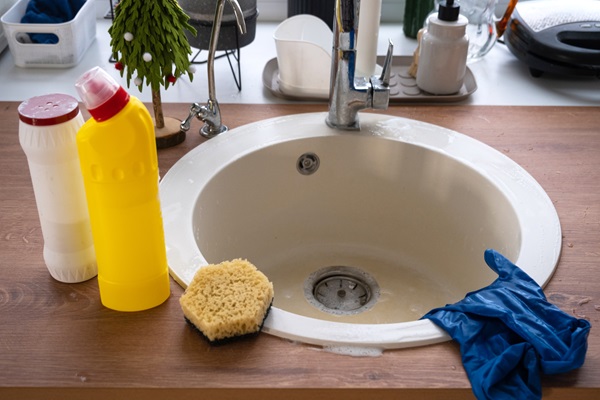
Sanitizing areas related to waste disposal is crucial in preventing the spread of germs and unpleasant odors. Regularly clean and disinfect trash cans, recycling bins, and the surrounding area, ensuring residues and spills are promptly addressed. If you have a garbage disposal in your sink, run it regularly with hot water and consider a disposal cleaner or a homemade mix of vinegar and baking soda to maintain cleanliness and freshness.
Drains, while often overlooked, can become a source of odor and bacteria buildup. Regularly clean and sanitize sink drains, using appropriate cleaners to dissolve grease and food particles. Pay attention to the surrounding sink area, including faucets and handles, which should be sanitized regularly. Implementing a routine for waste disposal area sanitization, including replacing liners and washing bins, will contribute to a healthier kitchen environment.
Maintaining a Sanitization Schedule
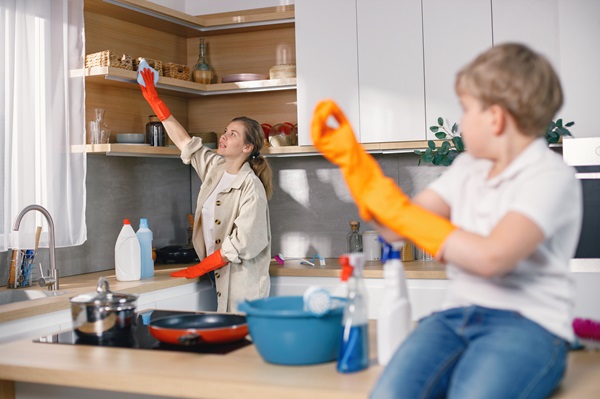
Creating and sticking to a sanitization schedule ensures that your kitchen remains a safe, clean environment. Break down tasks into daily, weekly, and monthly categories, customizing the schedule to fit your routine and kitchen’s specific needs. Daily tasks might include wiping down surfaces and sanitizing the sink, while weekly tasks could involve a more thorough cleaning of appliances and textiles. Monthly deep cleans can address areas less frequently used or harder to clean.
Encourage the involvement of all household members in maintaining the schedule, assigning tasks, and making it a shared responsibility. Use reminders or checklists to keep track of what’s been done and what’s pending. Regularly review and update the schedule as needed, considering changes in your kitchen’s use or new information on effective sanitization methods. By making kitchen sanitization a regular part of your routine, you ensure a continually safe and pleasant space for cooking and gathering.
Transform Your Kitchen Into a Sanctuary of Sanitation
Maintaining a sanitized kitchen goes beyond occasional deep cleaning; it’s a daily commitment to the health and safety of your home. By adopting these structured steps and integrating them into your routine, you create a consistently clean and safe environment. Remember, a sanitized kitchen is the heart of a healthy home. Start today, refine your sanitization practices, and make your kitchen a beacon of hygiene and well-being for your family and guests!
